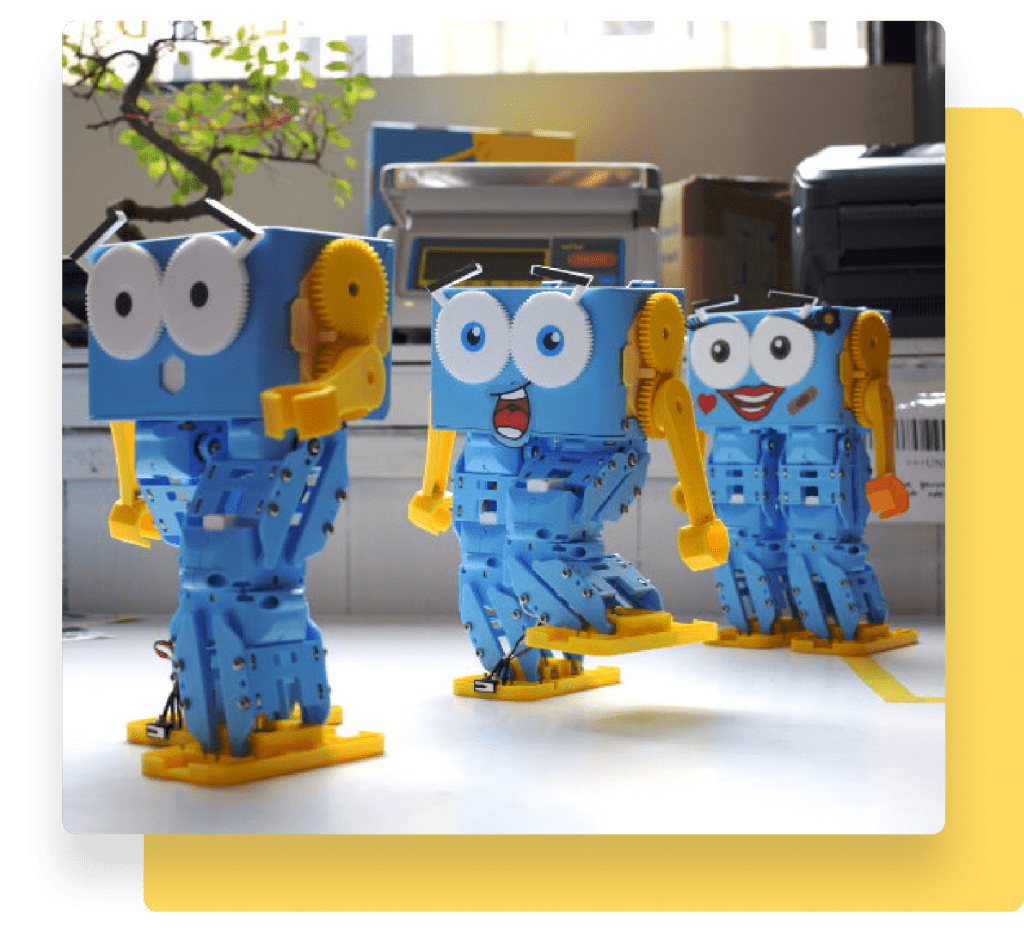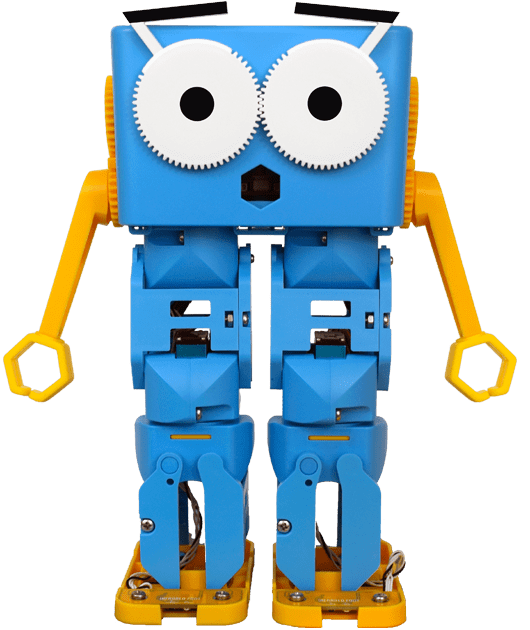Funding & Grants
STEM subjects are vital for pretty much every aspect of our daily lives. Find out how robots fit into that equation.
Young kids are naturally inquisitive. They also have boundless enthusiasm and oodles of imagination. Harnessing these innate qualities at an early age is crucial in laying the foundation for STEM skills and interest in STEM subjects.
Science, technology, engineering and mathematics (STEM) are vital for pretty much every aspect of our lives. Science explains the world around us. Technology allows us to form connections and expand our knowledge. Engineering provides solutions to problems as diverse as transport and climate change. Meanwhile, mathematics underpins every job and activity we do.
STEM education is vital in order for students to succeed in our technology and information-based society. Learning skills, highlighted by STEM subjects, create critical thinkers and innovators who will go on to tackle the biggest challenges facing our world today.
Weaving STEM into the curriculum, from an early age, gives students the opportunity to explore how STEM-related concepts relate to everyday life. By making these lessons fun and engaging, teachers can spark a passion, inviting students to do more than just learn – teachers can create the innovators and pioneers of the future.


Robots enable real-life applications of concepts, such as engineering or programming. By having to control a physical robot, students can see what can go wrong (or right!), learn the need for precise instructions, and develop their problem solving skills and computational thinking.
Robots can be utilised in most core areas of the curriculum, such as literacy and numeracy, and help address the growing demand for teaching STEM in the classroom. There is also considerable evidence that robots are particularly suitable for engaging children with special educational needs: children on the spectrum respond well to the clear, consistent interactions that robots can provide.
Introducing robots to children at a young age can help demystify technology. There have been a lot of scary stories in the media in recent years about ‘killer robots’ taking over the world. Understanding what machines can and can’t do is the best way to address fears.
More on this in The Conversation.
Marty brings learning alive and off the screen. Beyond that, here are the top five reasons why Marty is different to other robots:
Marty is a humanoid robot with a big personality that creates an instant human connection. Because he looks like them, children form an attachment to Marty – more so than they would with wheeled robots.
STEM class-in-a-box! Marty comes with complimentary lesson plans ready for the classroom. These lessons and teaching resources align to the curriculum.
Marty offers great learning progression – from screen-free programming to Scratch and Python – Marty can help teach at every skill level. Something that would often require several different robots to achieve.
Marty integrates right across the curriculum – from literacy and numeracy to health & wellbeing. It is best suited for children aged 8-12, but the functionality and learning resources support pupils from pre-school and kindergarten right through to high school.
Our in-house experts are here to train and support teachers in becoming STEM champions. We offer video and chat support to help boost teacher confidence.
Are you looking for new STEM resources for your classroom? Robotical is loaning Marty the Robot to schools for no-obligation, two-week trials.
